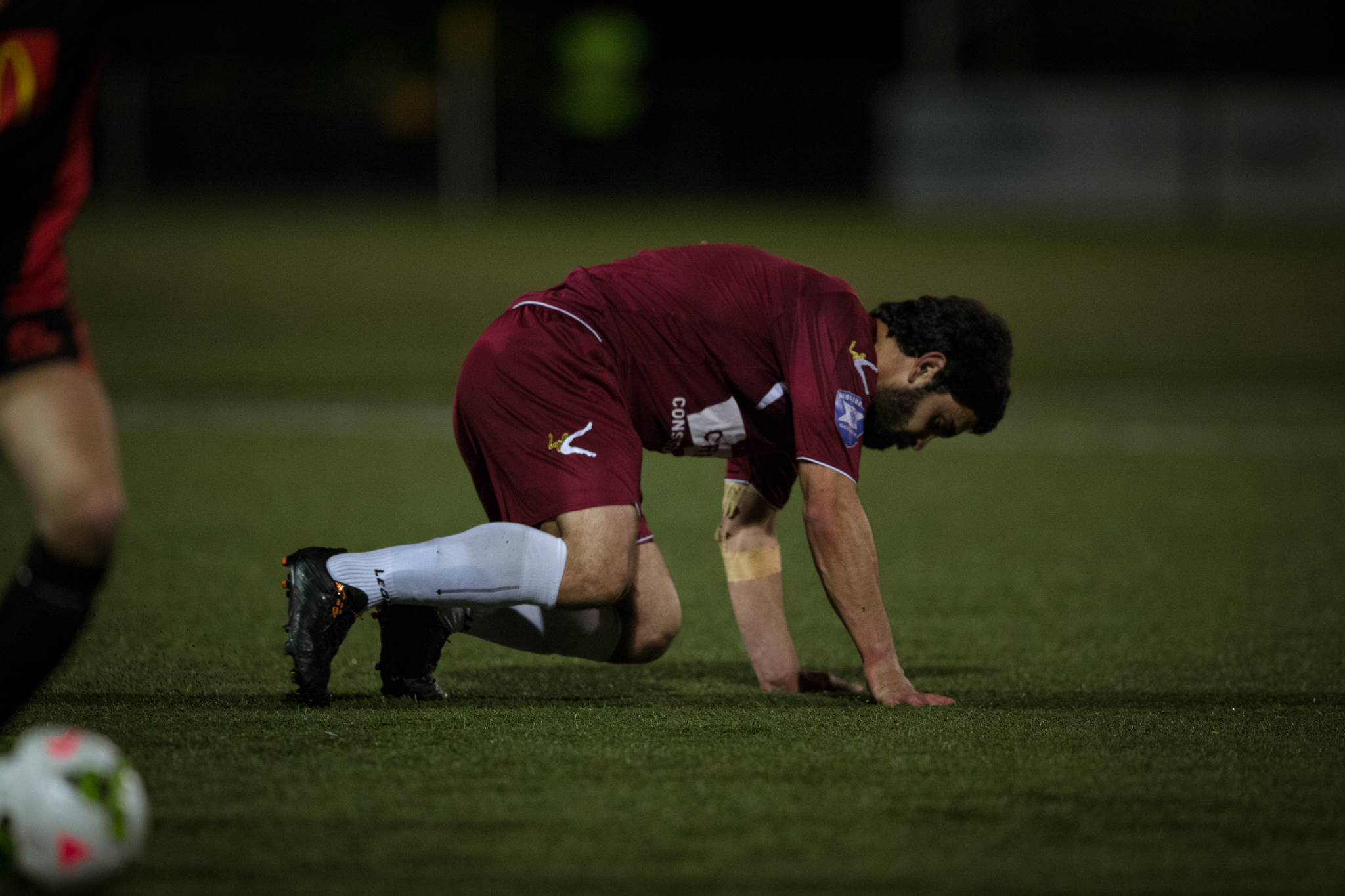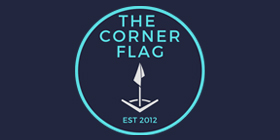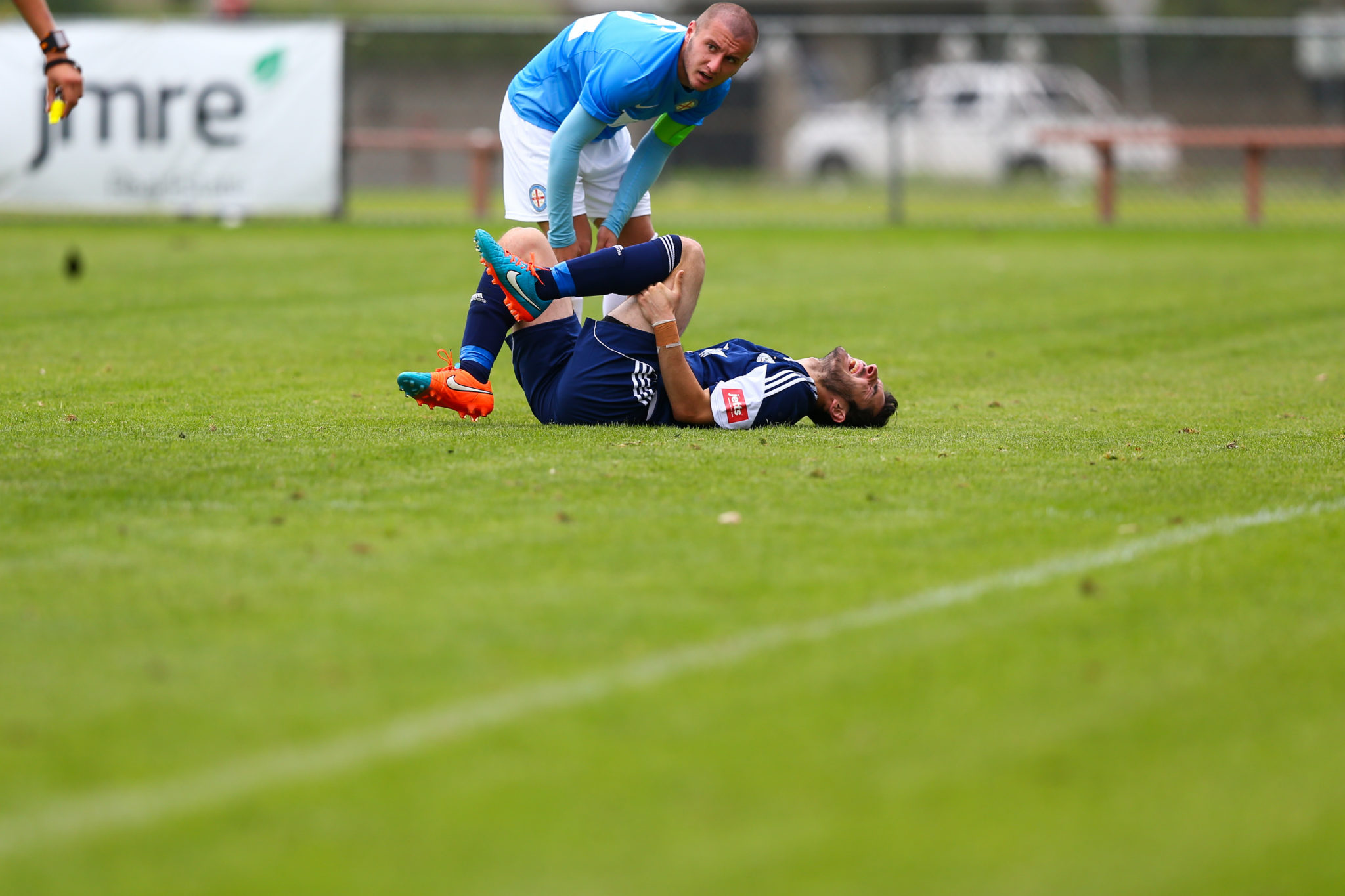Muscle injuries are some of the most common ailments sustained by football players during pre-season training and throughout a competitive season.
The Professional Footballers Association (PFA) produces an annual injury report that documents the most common injuries incurred during the A-league season. The recently published report for the 2014-2015 season highlighted the high rate of both hamstring and groin injuries. In total, 19 hamstring injuries occurred, resulting in a total of 74 games missed amongst the 10 teams.
The incidence of groin injuries was slightly less at 17, but these injuries still resulted in 51 missed games. This highlights the need to understand ways to recognize players who may develop such injuries, and the importance of implementing programs to try and prevent them.
This piece will identify players in your team that may be at risk of developing hamstring or groin injuries. It is vital that the information provided to you comes from proven scientific sources, and this is what I aim to achieve with all my articles.
The risk factors for hamstring and groin injuries can be categorized as:
- Non-modifiable: Factors that cannot be changed
- Modifiable: Factors that can be changed
Hamstring
Non-modifiable
- Age:
High quality research has identified that older athletes are at greater risk of sustaining hamstring injuries. This is highlighted by evidence showing that those older than 23 are 2.5 times more likely of suffering a hamstring strain than those under the age of 23.
- Previous hamstring injury:
If a player has sustained a hamstring injury in the past, they are instantly at more risk of suffering another one. Research shows that athletes previously affected are four times more likely to suffer a reoccurrence than those who have not previously injured a hamstring.
Tweet at @JHeerey, @LaTrobeSEM, @FAI_Cohort and @mattgmking1 for more info
Modifiable
- Eccentric strength:
A loss or lack of strength has been identified as a factor that may lead to a hamstring strain injury. It has been proven that when players have weakness in their hamstring muscles – either at either the start of preseason or at the completion of preseason training – they can be up to 4.3 times more likely to strain a hamstring when compared to players with higher strength.
- Muscle endurance:
Some evidence exists that if an athlete has reduced hamstring muscle endurance they may be at increased risk of hamstring injury. However, more research is needed in this area to definitively state that it is a real risk factor for the development of hamstring injuries.
Non-factor
- Hamstring flexibility:
Surprisingly, the flexibility of the hamstring muscle was not found to put an athlete at risk of hamstring injury. This refutes the commonly held belief that athletes with flexibility deficits are at greater risk of injury.

Groin
Non-modifiable
- Previous groin injury:
If an athlete reports a prior history of groin injuries they are immediately at greater risk of sustaining another injury. The thought process behind this is that very often inadequate rehabilitation is undertaken prior to the athlete returning to training and/or competition after they sustain an injury to the groin area. This usually means that they have not regained the strength and endurance in the muscles commonly injured in the groin and consequently are not ready to deal with the rigors of sport.
- Level of play:
Athletes playing at a higher level of competition are more susceptible to groin injuries. This is primarily due to the increased physical demands placed on the groin muscles with training and competition
Modifiable
- Groin strength:
Athletes with reduced overall strength of the groin muscles and also reduced strength relative to the outer hip muscles are at greater risk of groin injuries. This makes sense given the demands commonly placed on groin during sports like football which involve change of direction movements, kicking and sprinting.
- Reduced sports specific conditioning:
Athletes who undertake preseason training with reduced levels of physical conditioning are more susceptible to groin injuries. This is commonly seen in amateur to semi-professional levels where people will commonly rest between the completion of a season and the beginning of preseason.
Summary
Therefore, to summarise:
- Older players with a history of hamstring injuries and coexisting strength deficits are at greater risk of sustaining hamstring injuries.
- If a player has a prior history of groin injuries, reduced groin strength and sport specific conditioning, then they are at greater risk of developing groin injuries.
The next article will focus on how to address the modifiable risk factors so that players and medical staff can reduce these injuries from occurring.
 Josh is a physiotherapist with extensive experience dealing with hip and groin pain in football players. He is currently undertaking his PhD, looking at hip and groin pain in soccer players. He consults privately at Clifton Hill Physiotherapy in Clifton Hill.
Josh is a physiotherapist with extensive experience dealing with hip and groin pain in football players. He is currently undertaking his PhD, looking at hip and groin pain in soccer players. He consults privately at Clifton Hill Physiotherapy in Clifton Hill.


